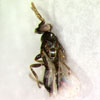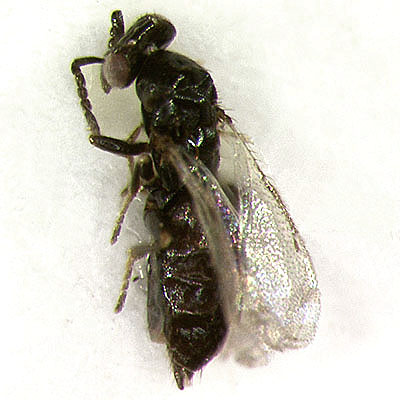 |
|||||||||||||||||||||||||||||||||||||||||||||||||||||||||||||||||||||||||||||||||||||||||||||||
|
|
Home | Open the Key | References | ||||||||||||||||||||||||||||||||||||||||||||||||||||||||||||||||||||||||||||||||||||||||||||
|
|||||||||||||||||||||||||||||||||||||||||||||||||||||||||||||||||||||||||||||||||||||||||||||||
Classification
|
|||||||||||||||||||||||||||||||||||||||||||||||||||||||||||||||||||||||||||||||||||||||||||||||
Subfamily Tribe |
|||||||||||||||||||||||||||||||||||||||||||||||||||||||||||||||||||||||||||||||||||||||||||||||
Diagnosis
|
|||||||||||||||||||||||||||||||||||||||||||||||||||||||||||||||||||||||||||||||||||||||||||||||
|
|
||||||||||||||||||||||||||||||||||||||||||||||||||||||||||||||||||||||||||||||||||||||||||||||
| |
|||||||||||||||||||||||||||||||||||||||||||||||||||||||||||||||||||||||||||||||||||||||||||||||
Distribution |
|||||||||||||||||||||||||||||||||||||||||||||||||||||||||||||||||||||||||||||||||||||||||||||||
|
The species of this genus were recorded in the Holarctic region and Africa (Noyes, 2001). |
|||||||||||||||||||||||||||||||||||||||||||||||||||||||||||||||||||||||||||||||||||||||||||||||
| |
|||||||||||||||||||||||||||||||||||||||||||||||||||||||||||||||||||||||||||||||||||||||||||||||
Biology |
|||||||||||||||||||||||||||||||||||||||||||||||||||||||||||||||||||||||||||||||||||||||||||||||
|
Pronotalia species are gregarious parasitoids of Diptera Tephritidae and occasionally of Chloropidae and Agromyzidae as well (Graham, 1991; La Salle, 1994). |
|||||||||||||||||||||||||||||||||||||||||||||||||||||||||||||||||||||||||||||||||||||||||||||||
| |
|||||||||||||||||||||||||||||||||||||||||||||||||||||||||||||||||||||||||||||||||||||||||||||||
| |
|||||||||||||||||||||||||||||||||||||||||||||||||||||||||||||||||||||||||||||||||||||||||||||||
Comments |
|||||||||||||||||||||||||||||||||||||||||||||||||||||||||||||||||||||||||||||||||||||||||||||||
|
Pronotalia belongs to the subfamily
of Tetrastichinae by having female
funicle 3 and male 4-segmented, notauli complete, ventral plaque
on male scape and postmarginal vein reduced.
Pronotalia, having a single pair of longitudinal lines on scutellum and by not having malar sulcus, may be easily recognisable from the other Tetrastichinae considered in this key. This genus appears however very close to Crataepus Förster, Kocourekia Boucek, Melittobia Westwood and Tachinobia Boucek, with which it shares the following characters: malar sulcus absent, body dorsoventrally flattened and with a relatively elongate pronotum and propodeum, midlobe of mesoscutum without a median line, submarginal vein with 3-6 dorsal setae. Keys to separate these genera have been provided by Gradwell (1957), Graham (1987; 1991), La Salle (1994) and Schauff et al. (1997). Keys to Pronotalia are available for the European (Graham, 1991) and, more in particular, for the Turkish species (Doganlar, 1993). |
|||||||||||||||||||||||||||||||||||||||||||||||||||||||||||||||||||||||||||||||||||||||||||||||


